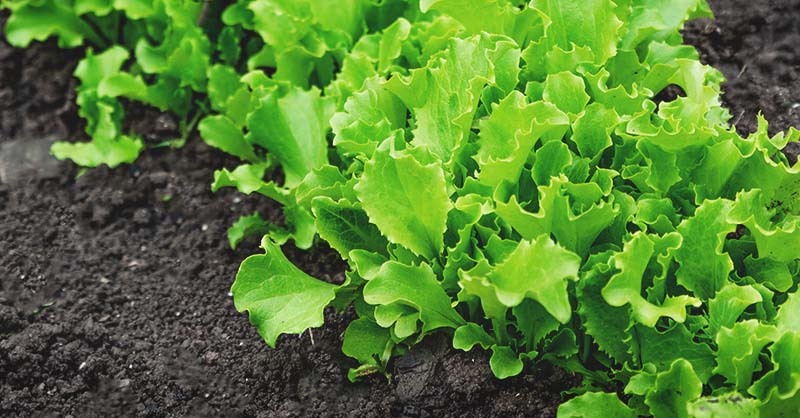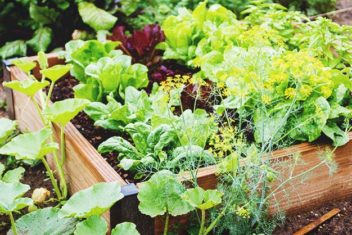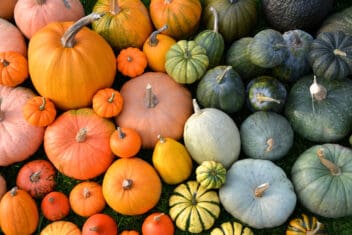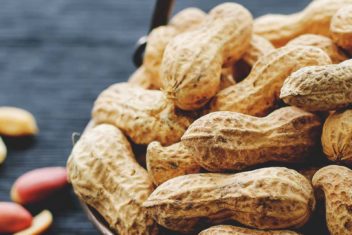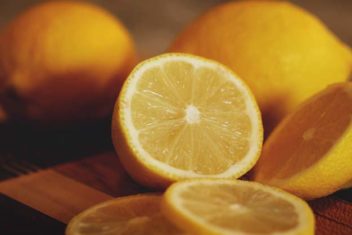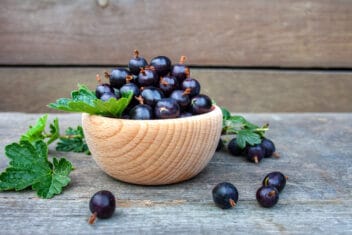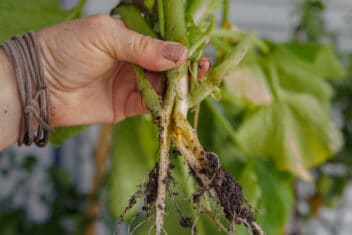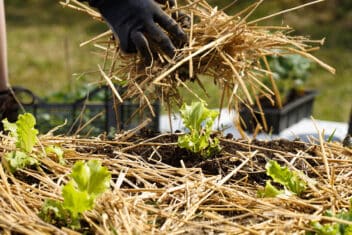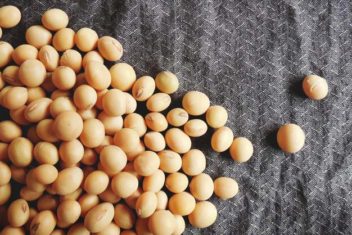You may have noticed certain crops starting to flower out of their tops and produce tiny seeds instead of producing the tasty green leaves you were hoping to harvest.
These runaway plants are focused on producing seed, and this phenomenon is called ‘bolting.’ As a beginner or advanced gardener you may even ask if bolting is a good thing or a bad thing, should you prevent it and how?
Plants have a mind of their own it seems, and it’s up to us to explore them. The more we understand how our plants work, the better gardeners we can become.
I’m going to walk you through ‘bolt.’ I’ll explain what it is, why it happens, how to prevent it, and when you shouldn’t prevent it.
Here’s what’s happening in your garden and a few reasons why:
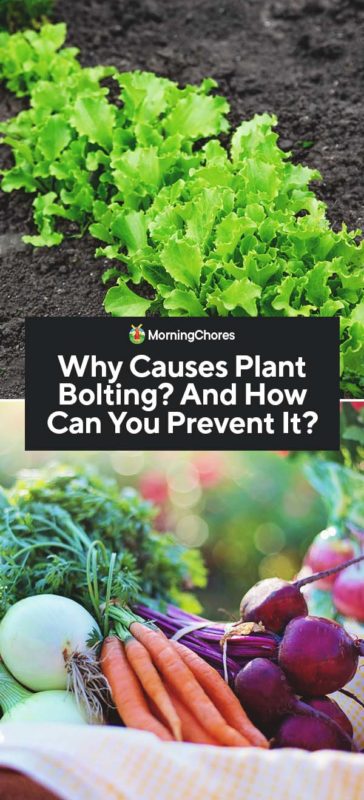
What is Bolting?
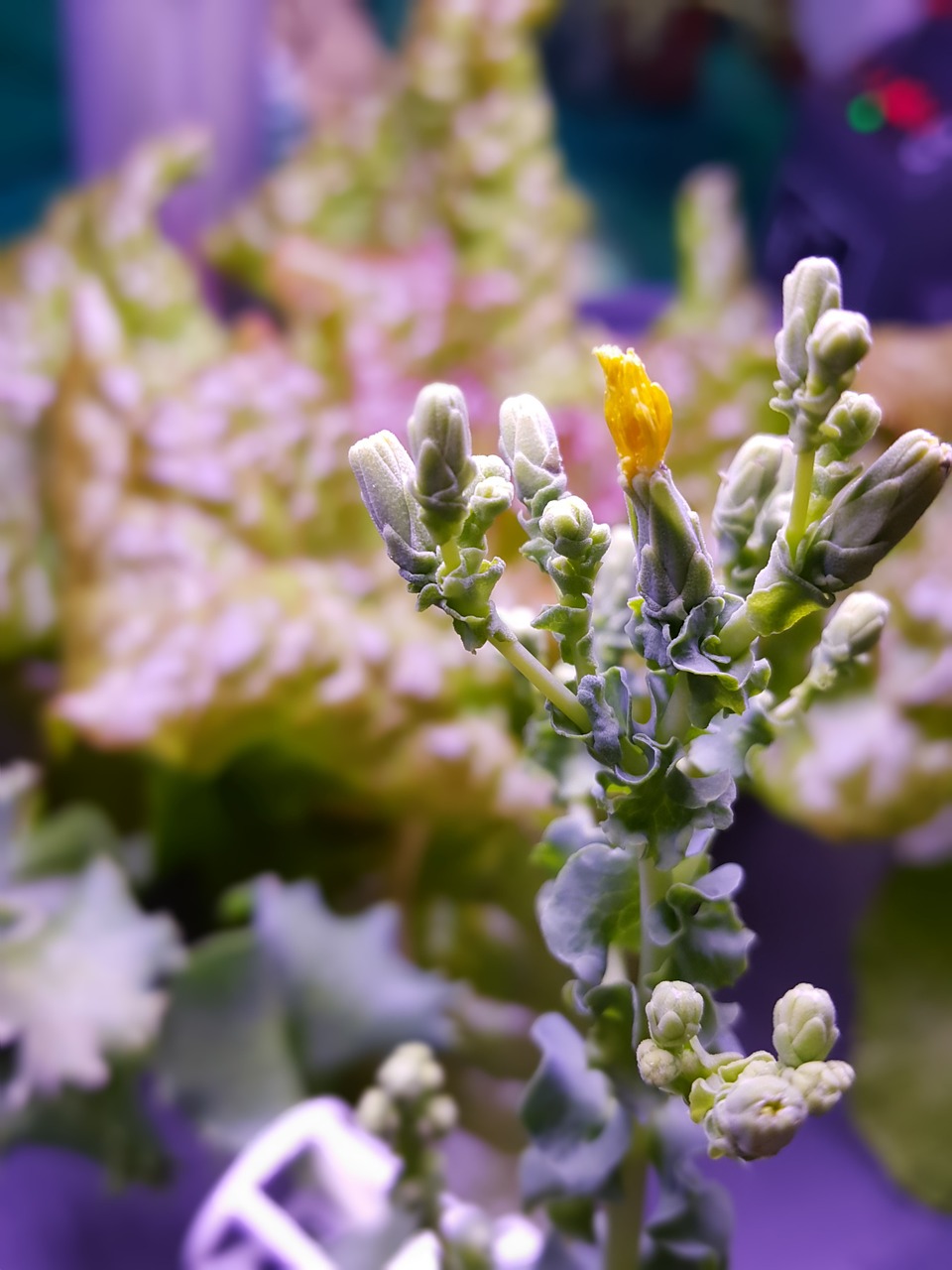
Bolt is a natural process which happens in your plants when they begin to grow fast, stop producing their normal harvest, and will start making flowers with seeds.
Bolting is a method of reproduction for certain plants. Not every plant will bolt. If a plant (such as tomatoes) produces fruit which holds the seeds to the plant, it has no reason to bolt.
However, if you have a crop where the leaves are eaten (such as lettuce or herbs) the only way for them to reproduce is to bolt and produce seeds from the flowers it produces.
What Causes Bolt?
Bolt happens under a variety of circumstances but for the same reason. When bolt happens, the plant has sensed its time is almost up.
The plant has a goal of reproducing itself. If it assumes its life is almost spent, it’ll rush into the reproduction process, which is bolting.
Circumstances where a plant will bolt are:
- High temperatures when the plant prefers cooler weather
- A cold snap when plants prefer warmer temperatures
- Lack of water
- Poor quality soil
- Not harvesting frequently enough
- Stress placed on the plant
How to Prevent Bolt
The most common crops to bolt are herbs, lettuce, spinach, greens, cabbage, and root crops. Here’s how you can prevent them from bolting:
1. Harvest Frequently
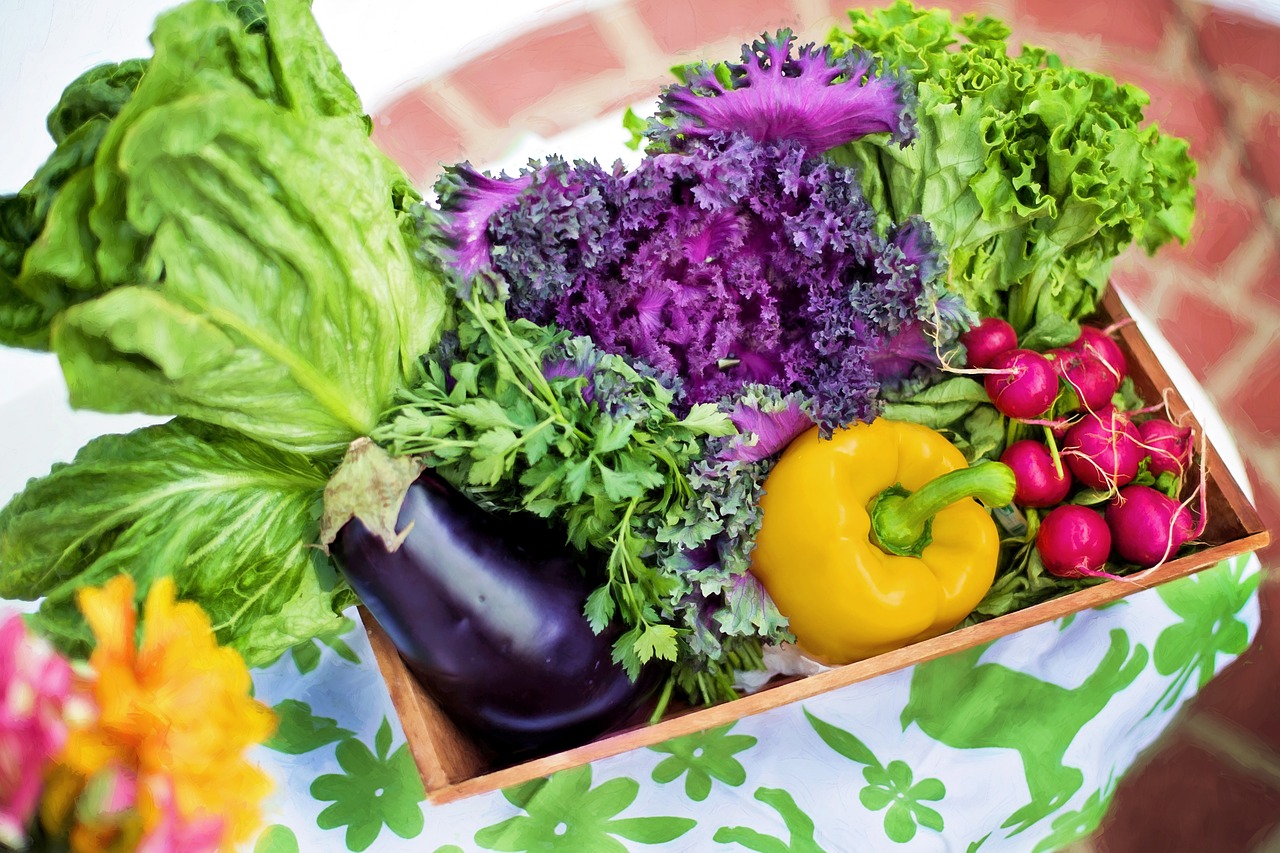
When you harvest your crops, it sends them a message which says, “Produce more!” They usually listen, and this lets them know life is good, they still have time for more growth, and there’s no need to rush into reproduction.
The more frequently you harvest, the more your crops get this message. They’ll produce a better-quality harvest, and this prevents bolt in many cases.
2. Cut the Bolting Plants Down
There are some plants which will begin to produce flowers when the temperatures rise. When you see this, you can attempt to cut the plants back to only three inches in height.
Add some fertilizer and see if the crop returns. Some plant varieties will begin producing all over again. This is great as it will prolong their life, prolong your harvest, and prevent bolt.
3. Pull Up, Use, and Plant Again
When some crops begin to bolt, they lose flavor. For instance, once lettuce bolts, you won’t want to eat it any longer.
They send all the nutrients into bolting and stop sending it to the parts of the plant you consume. This will kill the flavor.
Instead, pull up the crops, use what you can, and plant more. If this happens in root vegetables, you can still include the smaller harvests in stews or soups.
4. Give Some Shade to Prevent Bolting
As mentioned earlier, many crops which are known for bolting are cool weather crops. You can prevent bolting in these crops by helping them maintain ideal growing conditions.
Do this by either choosing bolt-proof varieties or by providing shade. When growing lettuce, it’s a good idea to plant it in a shady location because this will help keep the soil temperature lower and keep unnecessary stress off the plant.
5. Meet Nutrient and Water Needs
When planting your crops, make sure you plant them in quality soil. This is where the crops will pull their nutrients.
If the soil doesn’t have what they need, your crops will die, and many will bolt in the process. Watering your plants adequately is vital to their survival as well.
6. Succession Planting
Sometimes crops will bolt without you noticing the warning signs. It can happen quickly! Therefore, it’s a good idea to practice succession planting.
This will allow you to have a good harvest still even if a few of the plants bolt. It makes bolting a little less aggravating for the gardener.
7. Watch the Weather
The last tip for preventing bolt is to keep an eye on the weather. If you see a cold snap is coming, if possible, take your heat-preferring crops to your cold frame, high tunnel, or greenhouse.
If you see a heat wave is on the horizon, this lets you know to harvest your cold-weather crops or provide artificial shade for them before it arrives.
Why You Shouldn’t Stop Bolting
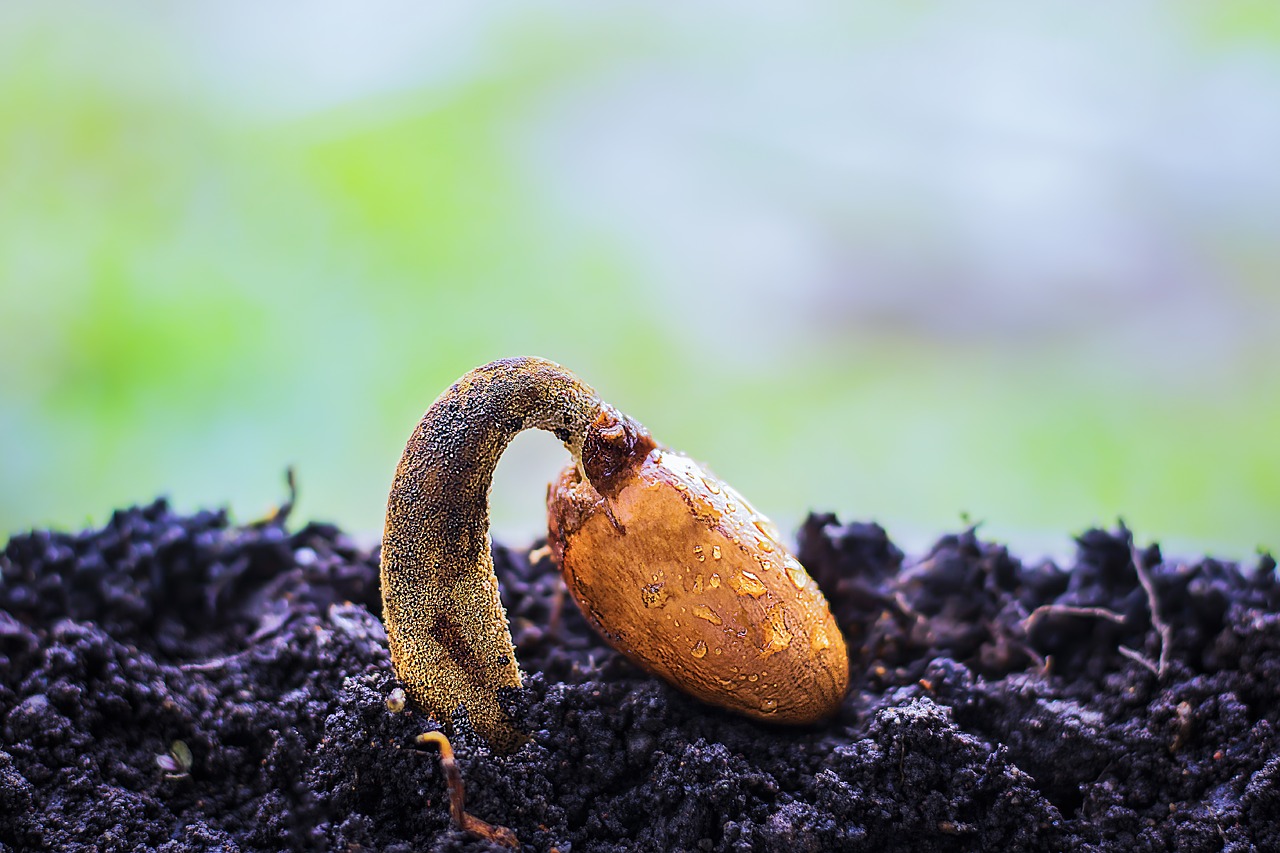
Bolt sounds like a bad thing for a gardener who is hoping to get a high-quality, long-running harvest from their garden.
However, there is an instance when you should allow your crops to bolt. When the end of the grow season is near, let your plants finish out their life cycle.
Every plant wants to reproduce to keep their plant type alive. It’s a part of the circle of life, and it works to your benefit.
By allowing your crops to bolt at the end of the season, it won’t hinder your harvest, and it gives you free seeds for the next year.
Store the seeds properly, and you won’t have to worry about purchasing seeds. This is a great contribution to gardening on a budget.
Hopefully, you’ve learned what bolting is, when it can work in your favor and when it won’t, and how to prevent bolting when it can hinder your harvest.
Bolting is a natural part of some plants’ life cycles, but if handled correctly, you can help your crops extend their life and produce more in the process.

